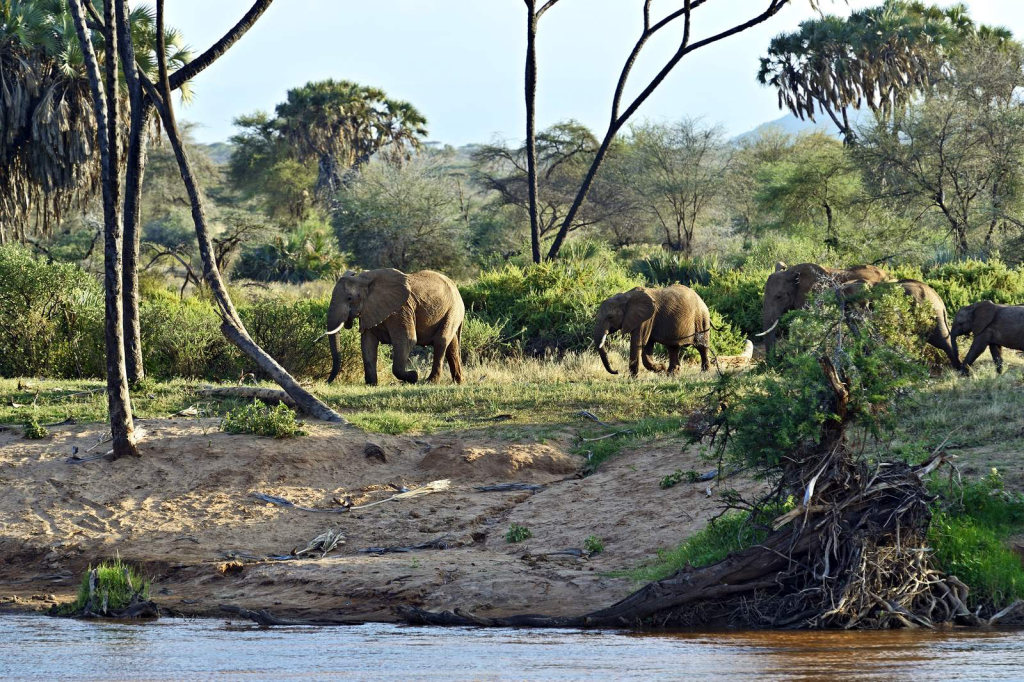
Climate change is posing a significant threat to animal habitats around the globe. As temperatures rise, many species are being forced to adapt to rapidly changing environments, often with devastating consequences.
One of the most visible impacts of climate change is the loss of Arctic sea ice, which is crucial for polar bears’ survival. As the ice melts earlier each year, polar bears are struggling to find food, leading to decreased body conditions and lower survival rates. Additionally, warmer ocean temperatures are causing coral reefs to bleach and die, affecting the vast ecosystems that depend on them. Fish, invertebrates, and even large marine mammals like dolphins are losing critical habitats, disrupting the delicate balance of ocean life.
In terrestrial environments, rising temperatures and changing precipitation patterns are altering the distribution of plant and animal species. Some species are moving to higher altitudes or latitudes in search of cooler climates, but not all animals can migrate. Those that cannot move face the risk of extinction. For example, amphibians in tropical regions are particularly vulnerable due to their sensitivity to temperature and moisture changes.
Moreover, climate change is exacerbating the frequency and intensity of wildfires, which destroy vast swaths of forest and grassland habitats. These fires not only displace wildlife but also contribute to further carbon emissions, creating a vicious cycle.
To mitigate these impacts, it is crucial to address climate change by reducing greenhouse gas emissions and implementing conservation strategies. Protecting animal habitats requires global cooperation and immediate action to preserve biodiversity and ensure ecosystems remain resilient in the face of climate change.